It is needless to say that Microsoft Azure cloud has become more prominent, and its year-over-year customer growth of 21% which is outpacing other cloud providers.
In my years of experience, I have seen firsthand that many Azure users have started to highlight the fact that they see surprising Azure bills often. It is due to the flexibility cloud offers and also the lack of cost management & governance practice in the organization.
Why has the importance of Azure cost management tool emerged?
If you see years ago, people were more focused on developing robust solutions on Azure and often they overlook the cost it may incur, and now in 2025, organizations are becoming more cost conscious and taking Azure cost management more seriously.
This shift has been observed by many vendors in the market and who traditionally focused on other domain like DevOps is now infiltrating into cost management space and starting to provide Azure cost management solutions.
This has summed up over the period and now there are numerous Azure cost management software present in the market. Also, it has become challenging for Azure users to choose the right one for their business and when should they consider third party tools over Azure cost management.
So, I have spent 87+ hours analyzing the 50+ various Azure cost management tools and given my inference to help you choose the best one that suits your needs.
What is Azure cost management?
It is essentially a pack of various Azure FinOps tools within Azure portal that helps businesses or users to analyze, monitor and optimize the billing cost.
These tools essentially help users to understand where their cost goes, reduce the risk through budget monitoring, and eliminate waste without hurting the application performance.
Yes, as you may already know native Azure portal does offer different sets of tools or features like Cost Analysis, Cost Allocation, Cost Alerts, Azure Advisor and more.
These different features help to deliver distinct value or purpose to the users.
For instance, Azure cost analysis feature helps you to drill down on your cost data and find where your cost is being spent.
What Azure cost management tools should possess to deliver real savings?
After interacting with at least 490+ Azure users, I have defined the set of criteria that the cost management tool should have in order to deliver the real cost savings that not only stick to paper but also reflects on the actual Azure bill.
- Better cost visibility: The tool should be able to give better cost visibility across multiple cost subscriptions and provide holistic view from Azure tenant level all the way to resources level and even to meter level cost.
- Flexible Cost Allocation: It should give you the ability to group the cost according to the business units, projects, teams or environments.
- Ready-made cost reports: Most of the time that is being spent every month by the users is on generating ad hoc or monthly reports and the tool should already give you handy.
- Automation: Most redundant cost-related tasks like tagging normalization and cost allocation to respective groups and more should be automated.
- Proactive Cost Anomaly detection: They should eliminate the false positives and provide more proactive cost anomalies in order to reduce the risk of budget overruns.
- Cost Guardrails: It should provide you with couple of budget guardrail mechanisms to help you stay within your budget.
- Workload optimization: It should identify resources that are idle and have opportunities to right size. The optimization settings should be customizable to give better savings insights.
- Rate optimization: It should not only stop giving recommendations on purchasing new Reservations or Savings plan but also on the health of exiting commitments.
- Comprehensive cost recommendation: It should cover various scenarios like cost savings while auto start and stop resources in dev and staging environment.
Why do some businesses need third party cost management tools?
While native Azure cost management is an excellent place to start off with cost governance and savings, it may not be viable as the footprint grows at scale.
Because of its inherited challenges like cost visibility or analysis limited to one subscription, reactive cost monitoring, and ineffective cost recommendations in Azure Advisor.
If you can’t find instant answers to the below questions, then native Azure cost management is not working for you:
- Why has your cost increased compared to last month?
- What is the cost of project X or team Y?
- What is the forecasted cost for the next 6 months for project X?
- How can we detect cost spike instantly without waiting for month end bill?
- What are the resources that can be downgraded without impacting performance?
- Can we reserve X resources for 3 years to deliver cost savings?
- Can I get downloadable executive report for my next board meetings?
Here are the best Azure cost management tools in 2025
Here is my curated list of tools that will help you deliver real cost savings and that suits your business needs.
1. Turbo360
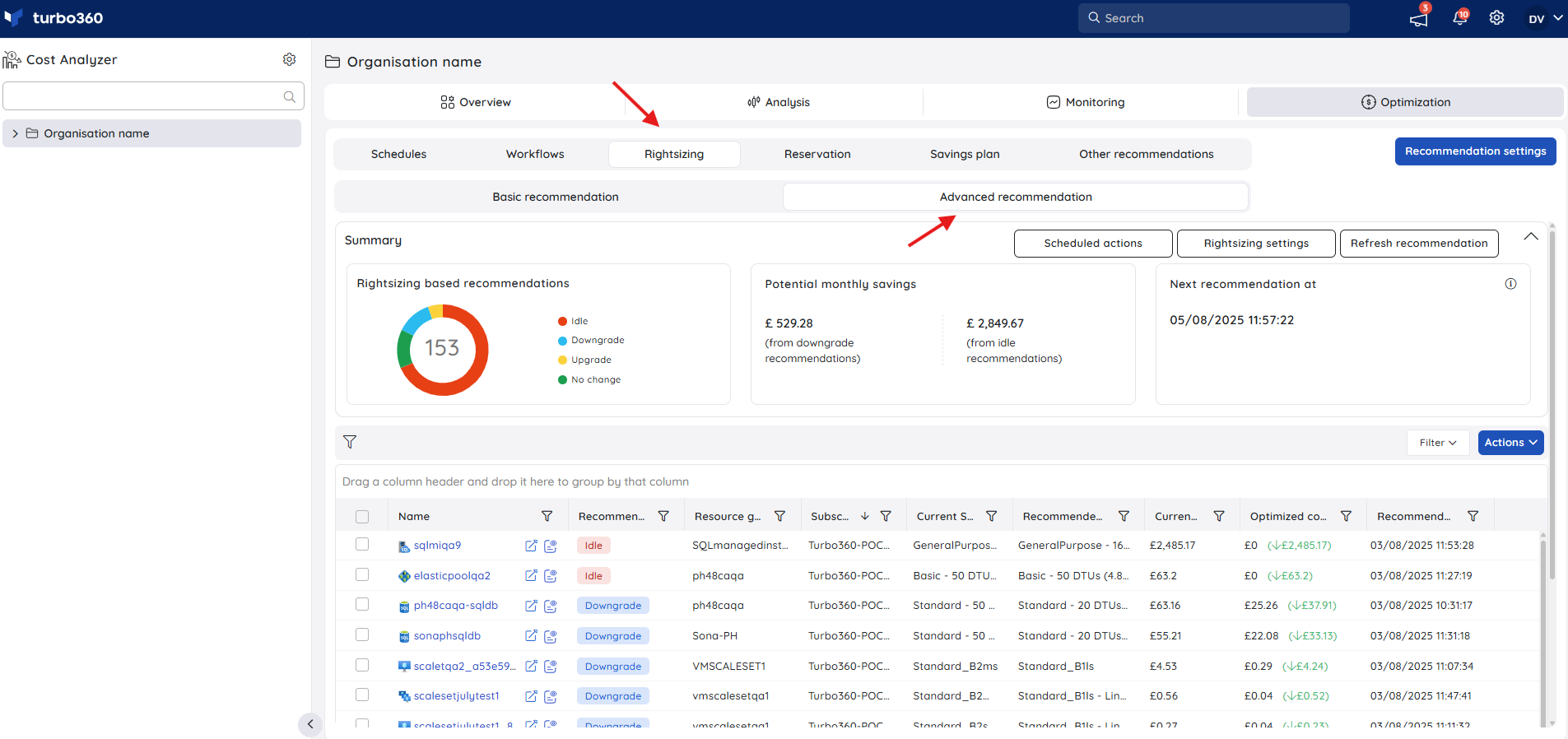
Best for: Organizations with prominent Azure footprints, MSP and CSPs
Turbo360 is FinOps native cost management tool that stand out in the crowded market by focusing exclusively on Microsoft Azure cloud market. The product is in the market for more than 10+ years and while most vendors spread their attention across multi- cloud, Turbo360 has built their entire platform around Azure specific ecosystem which makes a go-to choice for Azure dominant businesses.
Key strengths:
- Azure native intelligence: It understands Azure’s complex billing structure and pricing models better than any other multi-cloud tool that is out there in the market.
- Comprehensive cost visibility: It ingest cost from multiple subscriptions and allocates it based on custom business units automatically by normalizing your unstructured tags.
- Cost reports: It has built-in ready-made reports that can be used for your next executive meetings, month end analysis and more.
- Proactive Anomaly Detection: It provides multiple guard rails to help you prevent budget overruns and detect anomies earlier even within same day.
- Deep Cost Optimization: It delivers at least 3X more cost savings insights than any other tool in the market. They have their own algorithms that is independent to Azure and validated in different angels to drive more cost savings.
- Cost savings automation: It has the automation ability to auto start and stop resources during non-business hours and the resources in your non-production environment are better candidates.
- Pricing: Custom quotes based on usage tiers, starting from $250/month.
- Product Free Trial: Free trial available or you can book demo here.


Turbo360: an exceptional FinOps tool that makes Azure cost monitoring and optimization a breeze.
Mitchell Gee | Azure Business Development Manager, Westcoast Cloud
2. Azure cost management
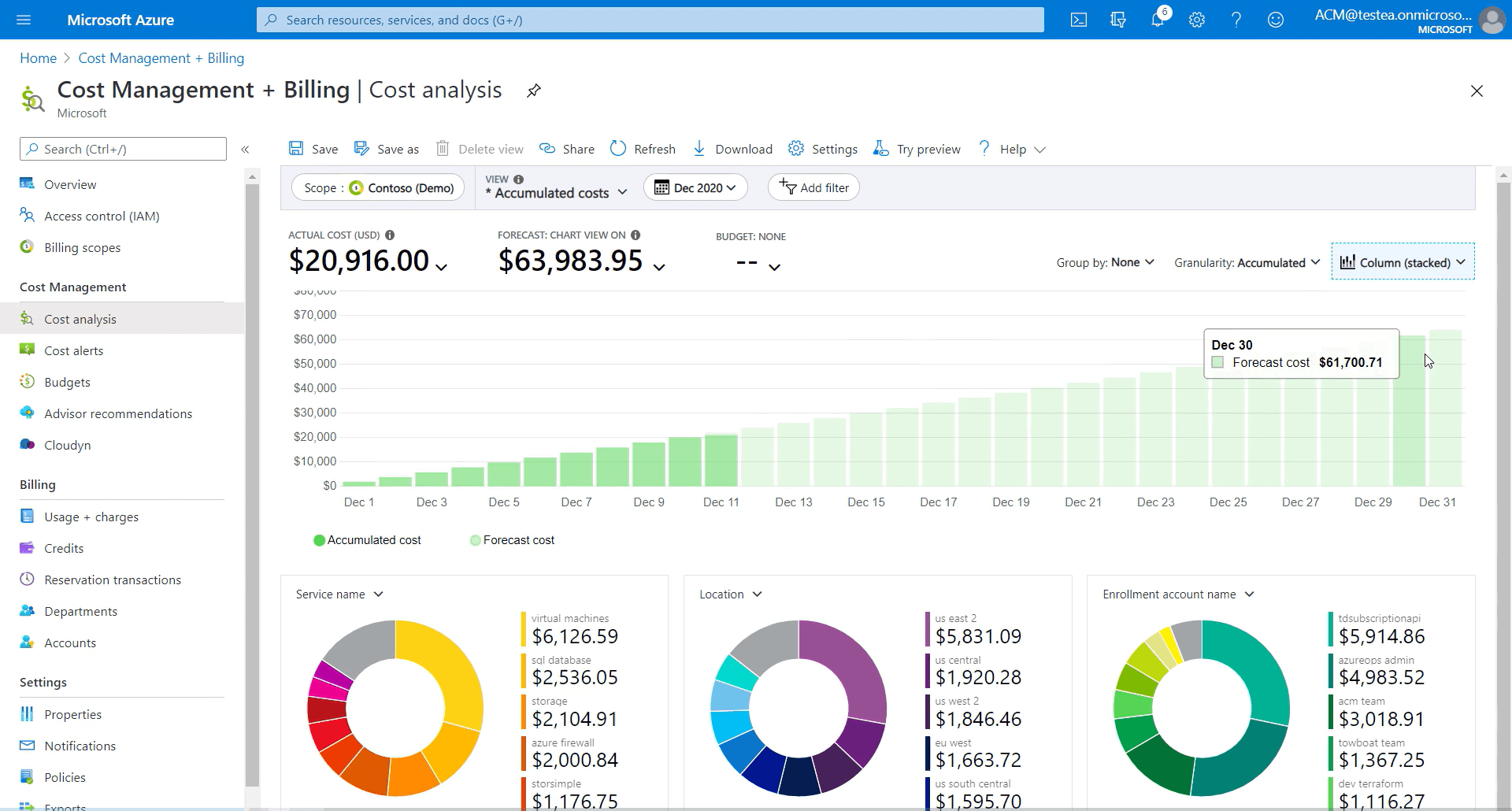
Best for: Business starting off with cost management and requires basic analysis and budgeting
Azure cost management is set of native tools available within the portal which contains Azure cost analysis, cost alerts, budgets, Azure advisor and more.
The Azure cost analysis is used to analyse cost based on different dimensions like resource type, region and more. The cost alerts feature will let you set thresholds, and it will alert you when you surpass it. The Advisor provides optimization recommendations, and it is important to note that these tools are detached and don’t work in unison.
Key strength:
- Native tools: These tools are free to use for Microsoft users and can be used without switching or purchasing different ones.
- Cost analysis in single subscription: It is better for cost analysis to be done in single subscriptions and can be find cost by different dimensions.
- Cost monitoring: If you budget is small, then this tool is easy to configure and get alerted on thresholds.
- Cost optimization: If your workload is small and it is easy to cross verify the recommendations and implement them.
- Pricing: Free to use
- Product Free Trial: Try free trial here
3. CloudHealth by VMware
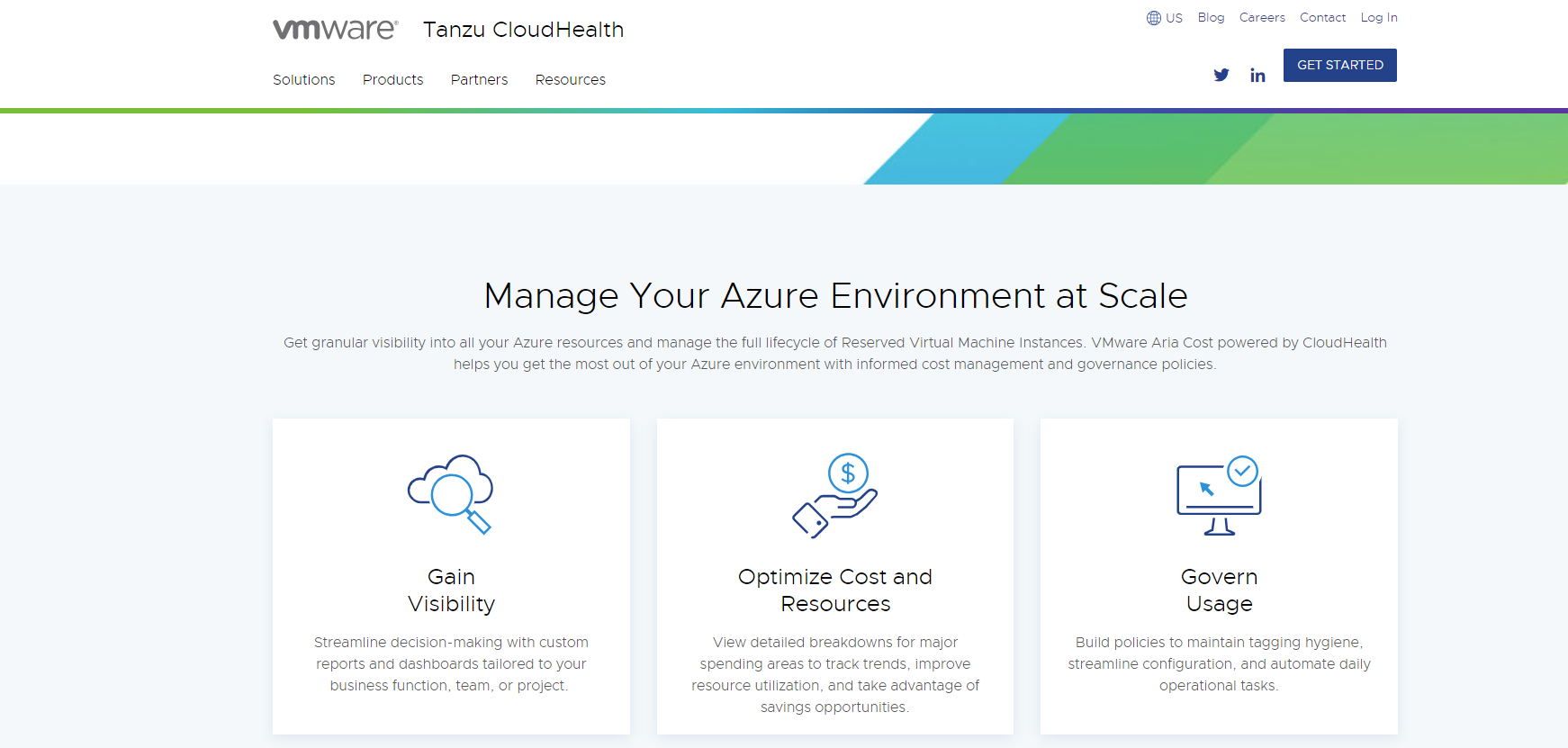
Best for: Good for multi-cloud users especially who are AWS heavy users
It is one of the traditional multi cloud cost management tools that is available in the market right now.
It primarily acts as a FinOps tool for multi-cloud set up and provides key capabilities for reporting where you can create customizable reports and drill down analysis. Also, it provides features like forecasting, waste reduction, and GreenOps.
It missed capabilities like Advanced anomaly detection and also the community says after it acquisition by Broadcom, users face uncertainty with product like slower product updates, and unclear roadmap.
Key Strength:
- Cost Allocation and Chargeback: You can organize Azure costs by business units, projects, and teams while providing role-based access to relevant stakeholders.
- Detached waste reduction: It gives you insights with waste reduction recommendations, but those data are detached from the business units, not drives less accountability to action it.
- Intelligent Assist: It helps teams to navigate through documents and discover valuable resource data.
- Pricing: Annual pricing starts at $45,000 for a 12-month contract.
- Free Trial: No Trial available
4. Cloudability
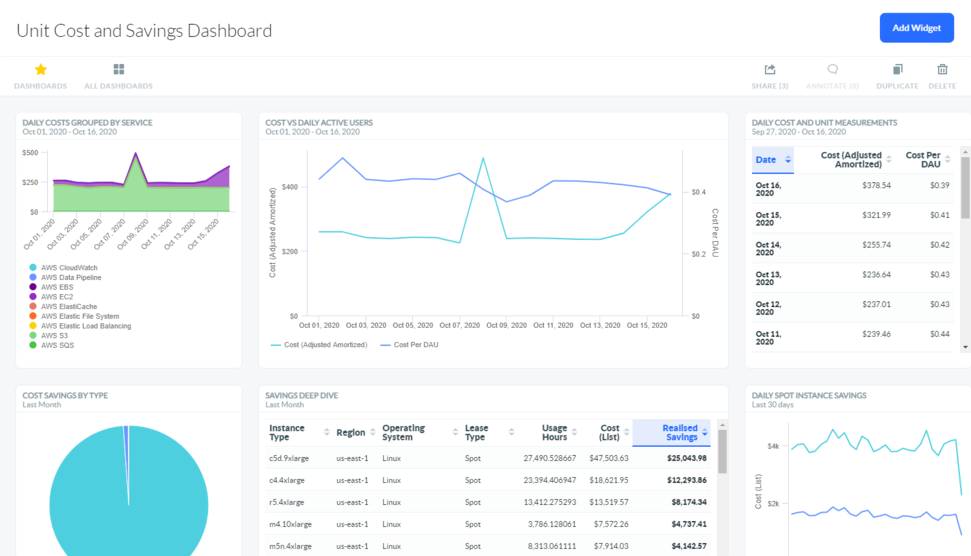
Best for: Large SaaS vendors and managed services providers with dedicated IT operations departments.
Cloudability (by Apptio) has been around for a while and is mainly known as a cloud financial management platform. It helps with cost visibility, budgeting, and chargebacks, which are useful if you’re managing cloud spend across multiple teams. However, when it comes to actual optimization, Cloudability doesn’t stand out. The platform gives you good reporting and financial governance, but if your main goal is cutting down waste and driving savings, you may find it a bit limited compared to others in the market.
Free trial: Try Free Trial
Pricing: Custom pricing; rates start at $499 per feature per month.
5. Finout
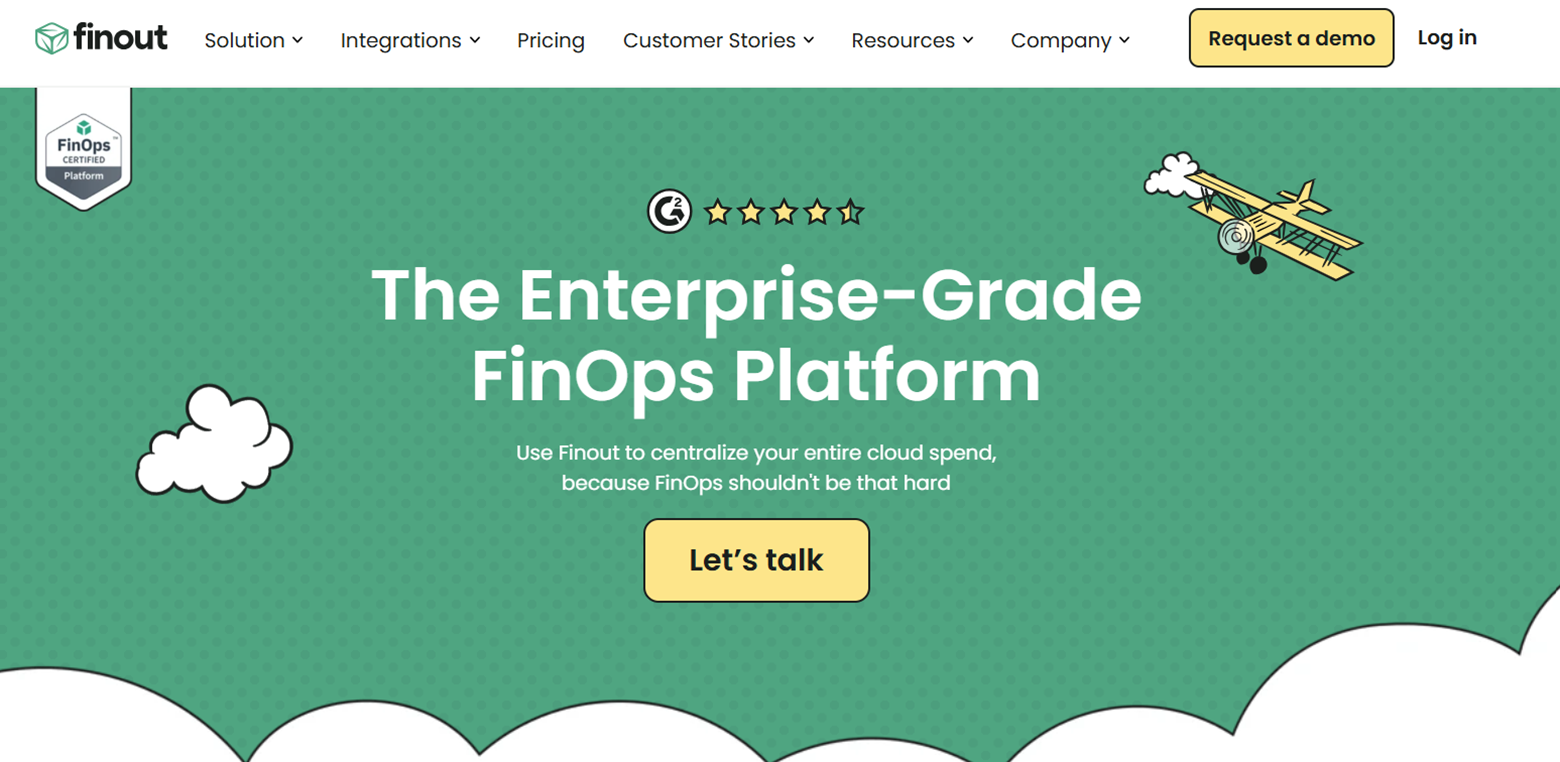
Best for: Organizations seeking end-to-end visibility into cloud and SaaS spend.
Finout positions itself as a “FinOps-first” platform that helps companies get end-to-end visibility into cloud and SaaS spend. One of its strengths is consolidating costs from different sources into a single “mega bill,” which is especially handy for organizations dealing with multiple vendors. It leans heavily toward simplifying cost allocation and helping finance teams understand where money is going. If your biggest headache is splitting costs fairly across teams and departments, Finout is a strong option.
Free Trail: Not publicly available
Pricing: Fixed yearly fee based on cloud spend; no overage penalties
6. Flexera
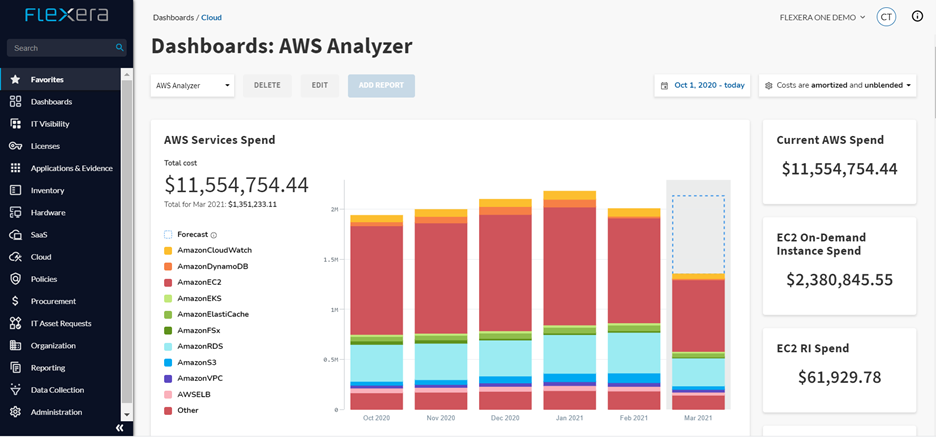
Best for: Large enterprises requiring hybrid and multi-cloud cost management.
Flexera has long been recognized in the IT asset management space, and its cloud cost management solution builds on that foundation. The platform covers both governance and optimization, giving organizations visibility into hybrid and multi-cloud environments. It’s designed for large enterprises that want a mix of compliance, cost tracking, and savings recommendations. Flexera’s strength lies in its breadth, it’s not just about cloud cost, but also about overall IT portfolio management.
Free Trial: Demo available upon request
Pricing: Effective cost is approximately 5% of annual cloud spend; minimum annual fee of $50,000.
7. Spot

Best for: Organizations with workloads that can tolerate interruptions.
Spot, which was acquired by Flexera, has made a name for itself through automation. Its core value is around continuously optimizing compute workloads by leveraging spot instances, reserved instances, and savings plans. Instead of giving static recommendations, Spot actually takes action by automatically provisioning and scaling resources for you. If your team wants hands-off optimization especially for workloads that can handle interruptions. Spot is one of the more advanced options available.
Free Trial: Not publicly available
Pricing: Details not publicly available
8. Yotascale
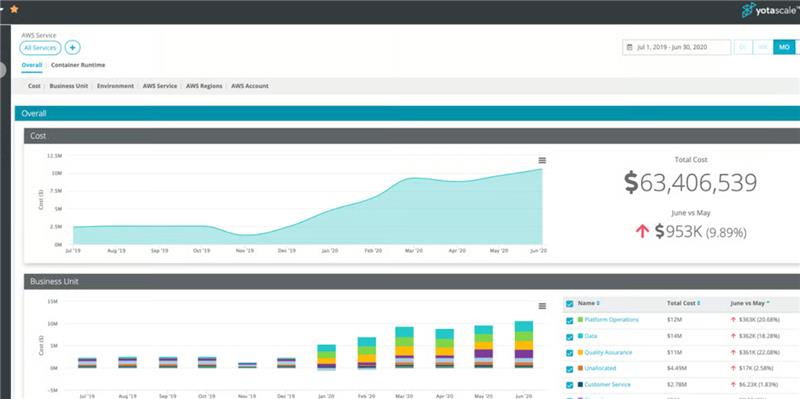
Best for: Engineering-led FinOps teams managing cloud and on-prem hybrid environments.
Yotascale is designed for engineering-led FinOps. It provides detailed breakdowns of cloud spend and helps teams allocate costs accurately across business units and applications. One standout feature is its support for both cloud and on-prem hybrid environments, which is useful if you’re in the middle of a cloud migration. Yotascale’s interface is built with engineers in mind, making it easier to connect cost data directly to the workloads they run.
Free trial: Demo is available
Pricing: Yotascale is priced based on resource hours used but not percentage of cloud bill.
9. CloudBolt
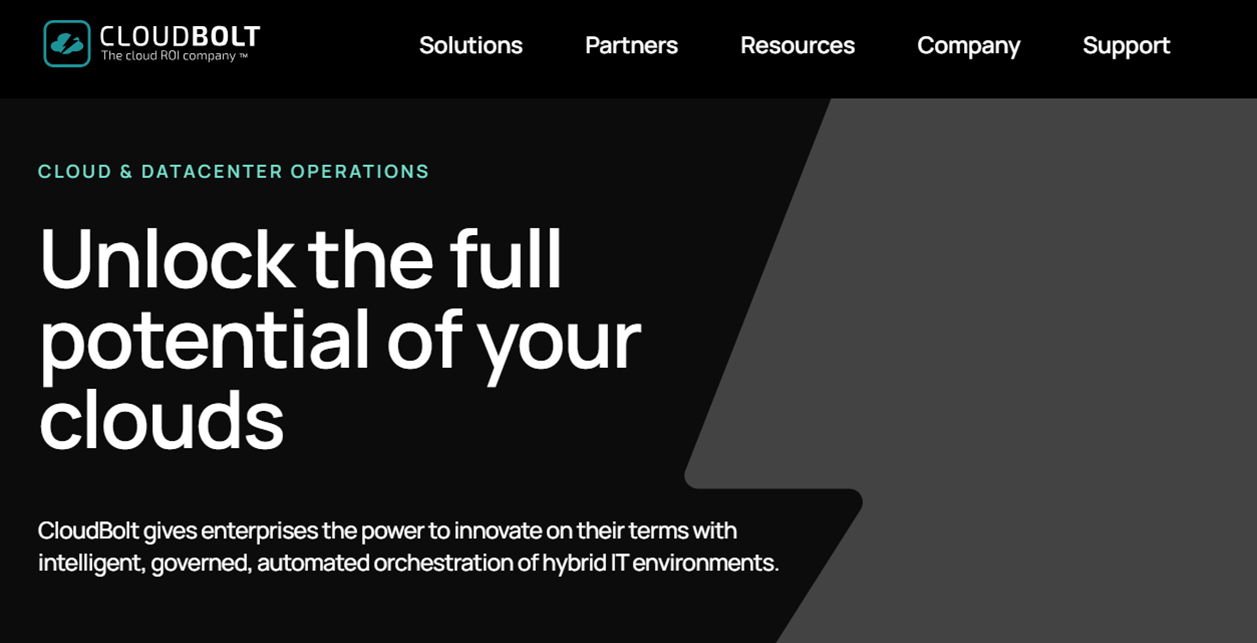
Best for: Enterprises requiring visibility and governance across hybrid and multi-cloud environments.
CloudBolt approaches cost management from a cloud governance and automation perspective. It’s built for enterprises that want visibility across hybrid and multi-cloud environments, with features covering provisioning, compliance, and spend optimization. CloudBolt doesn’t just show cost data, it also enables IT teams to enforce policies and automate provisioning, which is why it appeals to organizations with strict governance needs.
Free Trial: Demo available upon request.
Pricing: Pricing details not publicly disclosed.
10. Hyperglance
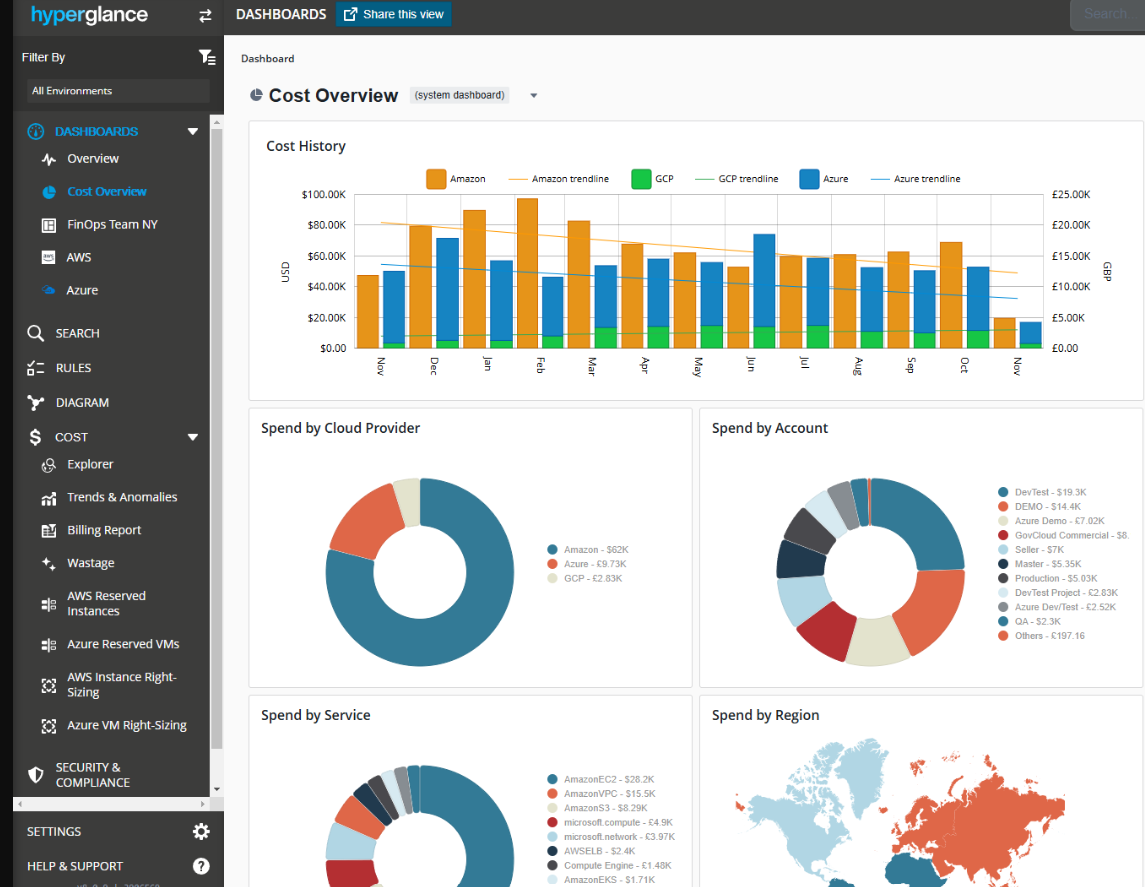
Best for: Organizations seeking real-time operational visibility through visual representations.
Hyperglance takes a very visual approach to cost management. Instead of scrolling through endless tables, it gives you a clean diagram of your Azure environment showing resources, spend, and compliance in one place. The platform builds a live topology automatically, so you can quickly spot unused resources or gaps in compliance. It’s not built for deep financial reporting, but if you want real-time operational visibility, this is where Hyperglance is a good choice.
Free Trial: Not publicly available.
Pricing: Pricing details not publicly disclosed.
11. ProsperOps
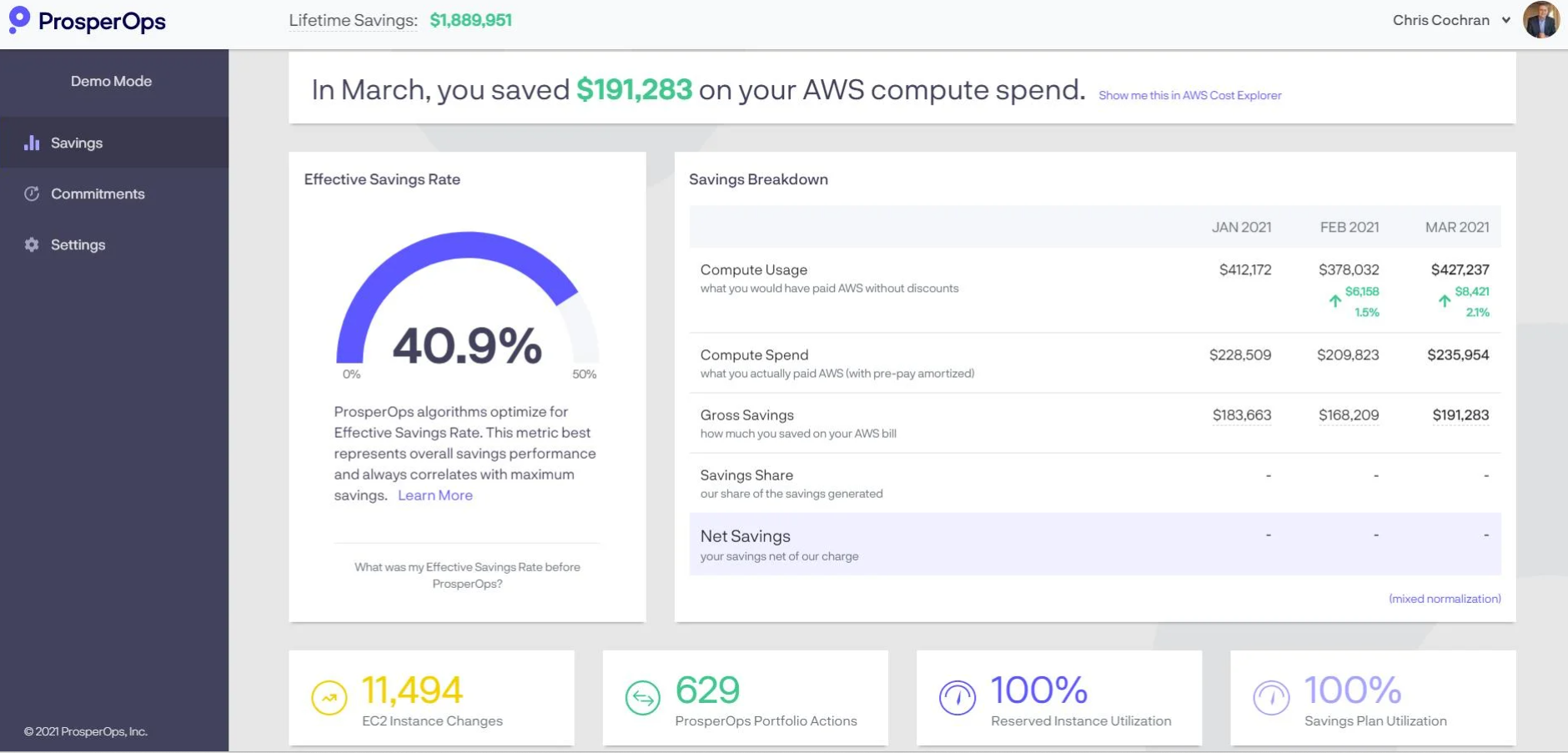
Best for: Organizations focusing on managing savings plans and reserved instances automatically.
ProsperOps focuses on one thing and does it extremely well – managing savings plans and reserved instances automatically. For Azure users, that means it continuously adjusts coverage so you’re always getting the best savings without lifting a finger. It’s not trying to be a full-blown FinOps suite, but in its niche, it’s one of the best. In fact, many other platforms rely on ProsperOps as their optimization engine, which says a lot about how solid the technology is.
Free Trial: Demo Available
Pricing: Pricing details not publicly disclosed.
12. Holori
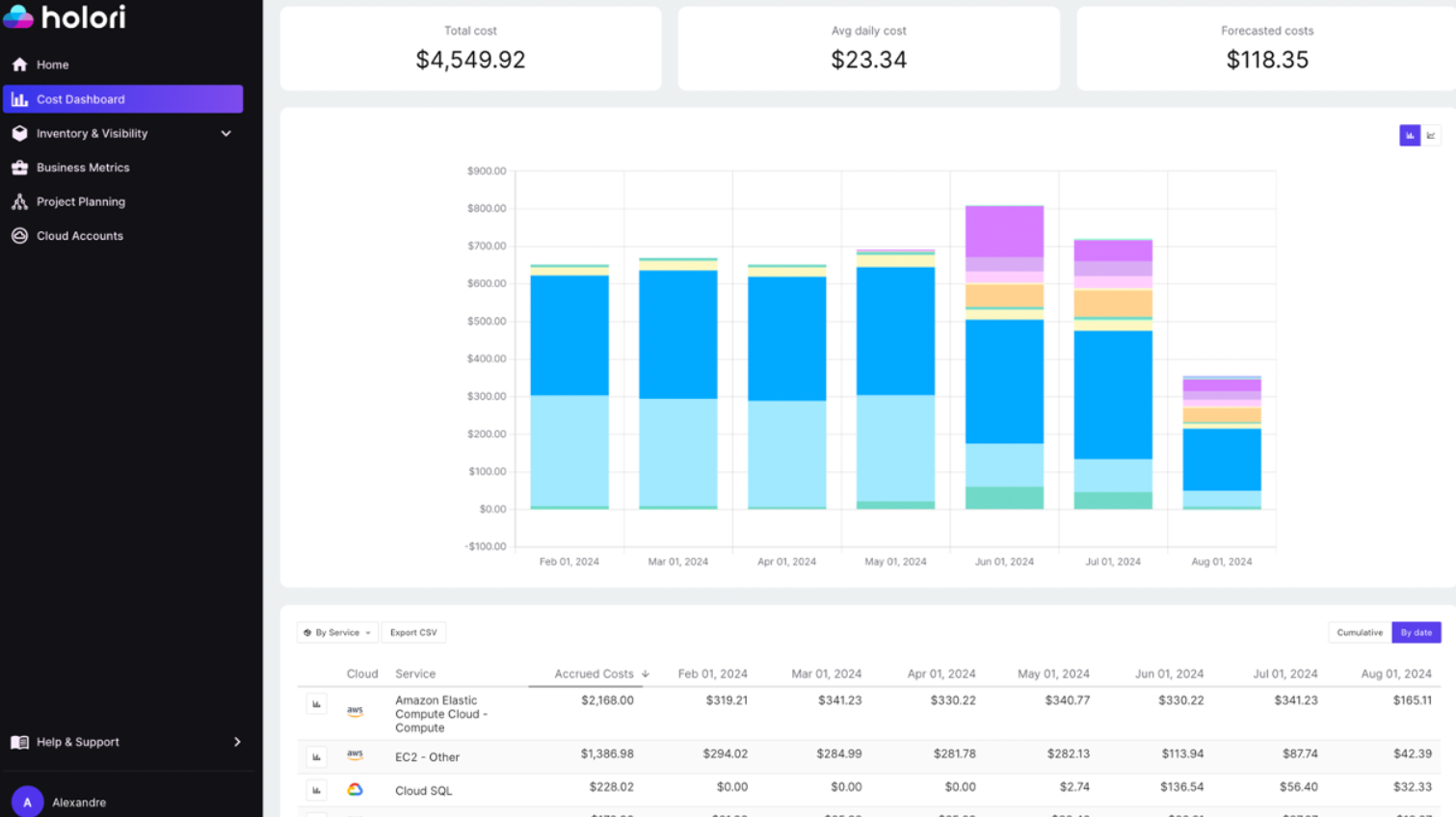
Best for: Enterprises requiring visibility and governance across hybrid and multi-cloud environments.
Holori is built with big enterprises in mind. It’s more than just a cost tool – it’s a full cloud management platform that covers visibility, optimization, and governance across hybrid environments. For Azure, it helps IT teams break down costs by department or project, handle chargebacks, and apply policies that keep spending in check. The only catch is that it can feel a little heavy if you’re a smaller team just looking for straightforward cost control.
Free Trial: Trial available
Pricing: Pricing is $49 per month for upto $10k monthly cloud spend
13. Ternary
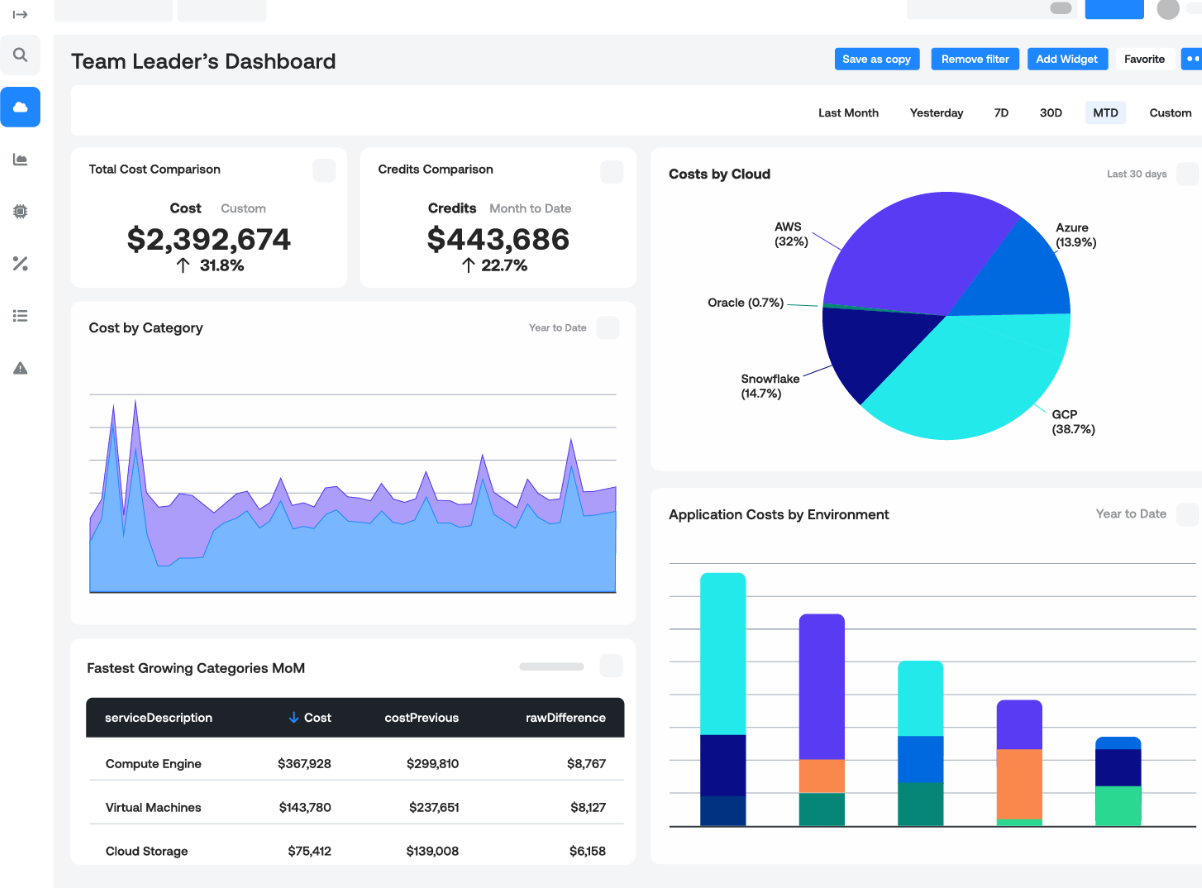
Best for: Enterprises requiring advanced dashboards for allocation, forecasting, and anomaly detection.
Ternary is a FinOps-first platform that’s designed for enterprises running at scale. It gives Azure customers advanced dashboards for allocation, forecasting, and anomaly detection, plus built-in ways for finance and engineering teams to collaborate on budgets. It’s still relatively new compared to some of the long-established players, but its fresh, modern take on FinOps makes it a strong contender for enterprises that want something built for today, not yesterday.
Free Trial: Demo available.
Pricing: Pricing details not publicly disclosed.
14. Umbrella
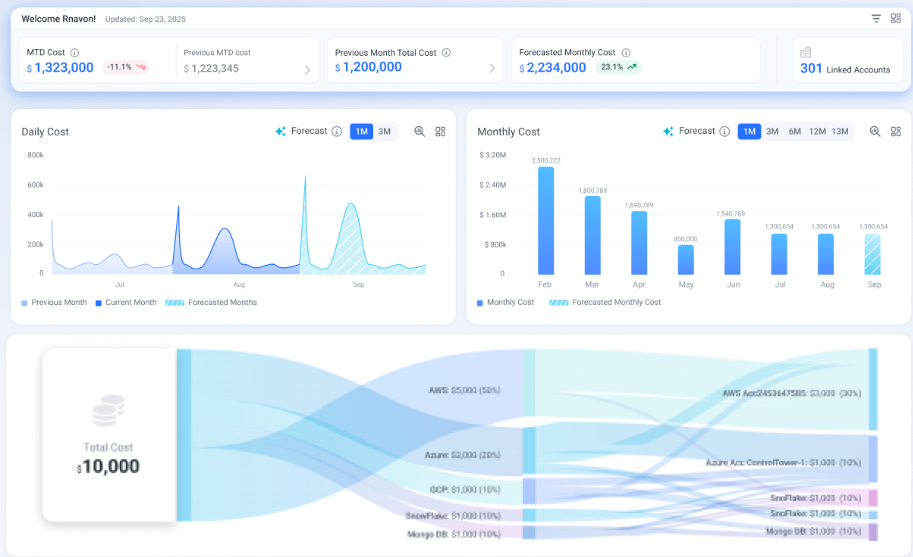
Best for: Startups or fast-growing businesses desiring a clean, lightweight tool for cost tracking.
Umbrella is one of the newer names in cost management and keeps things intentionally simple. It helps Azure users track usage, spot spending trends, and flag anomalies without overwhelming them with too much complexity. It doesn’t yet have the depth of the older platforms, but for startups or fast-growing businesses that just want a clean, lightweight tool, Umbrella hits the right balance.
Free Trial: Not publicly available.
Pricing: Pricing details not publicly disclosed.
15. Lucidity

Best for: Teams running both development and production workloads seeking storage cost control.
Lucidity makes it easy to get storage costs under control. Instead of letting unused or oversized disks quietly burn money, it shows you exactly how your storage is being used with its Lucidity Assessment. You can quickly spot idle volumes, over-provisioned disks, and even downtime risks. Then comes the smart part — the Lucidity AutoScaler automatically resizes block storage on the fly. No manual tweaks, no code changes, just storage that adjusts itself in real time. For teams running both dev and production workloads, it’s a hands-off way to boost efficiency and cut costs without the usual hassles.
Free Trial: Not publicly available.
Pricing: Pricing details not publicly disclosed.
16. GorillaStack
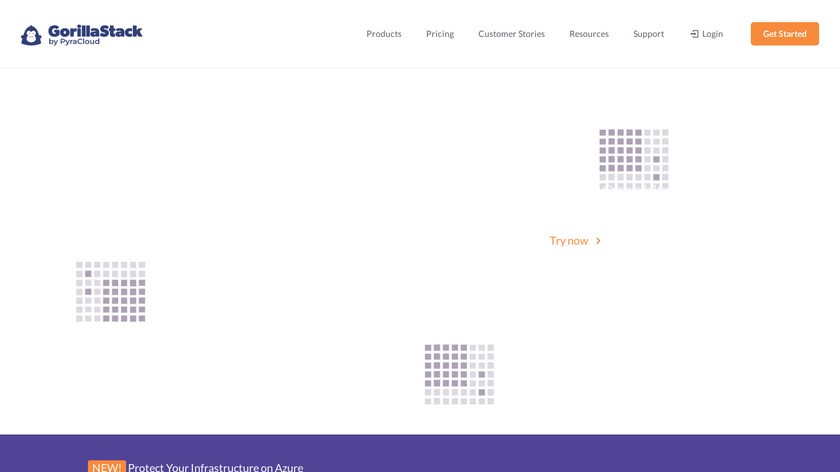
Best for: Teams desiring automation in cost-saving policies without coding requirements.
GorillaStack is all about automation, especially for Azure users. You can set up cost-saving policies and rules that automatically adjust resources based on the conditions you choose. Think auto shut-downs when workloads aren’t needed or instantly scaling back idle resources. And since it doesn’t require coding, teams can get it running fast. You stop paying for unused capacity while keeping governance and security in check.
Free Trial: Not publicly available.
Pricing: Pricing details not publicly disclosed.
17. ParkMyCloud
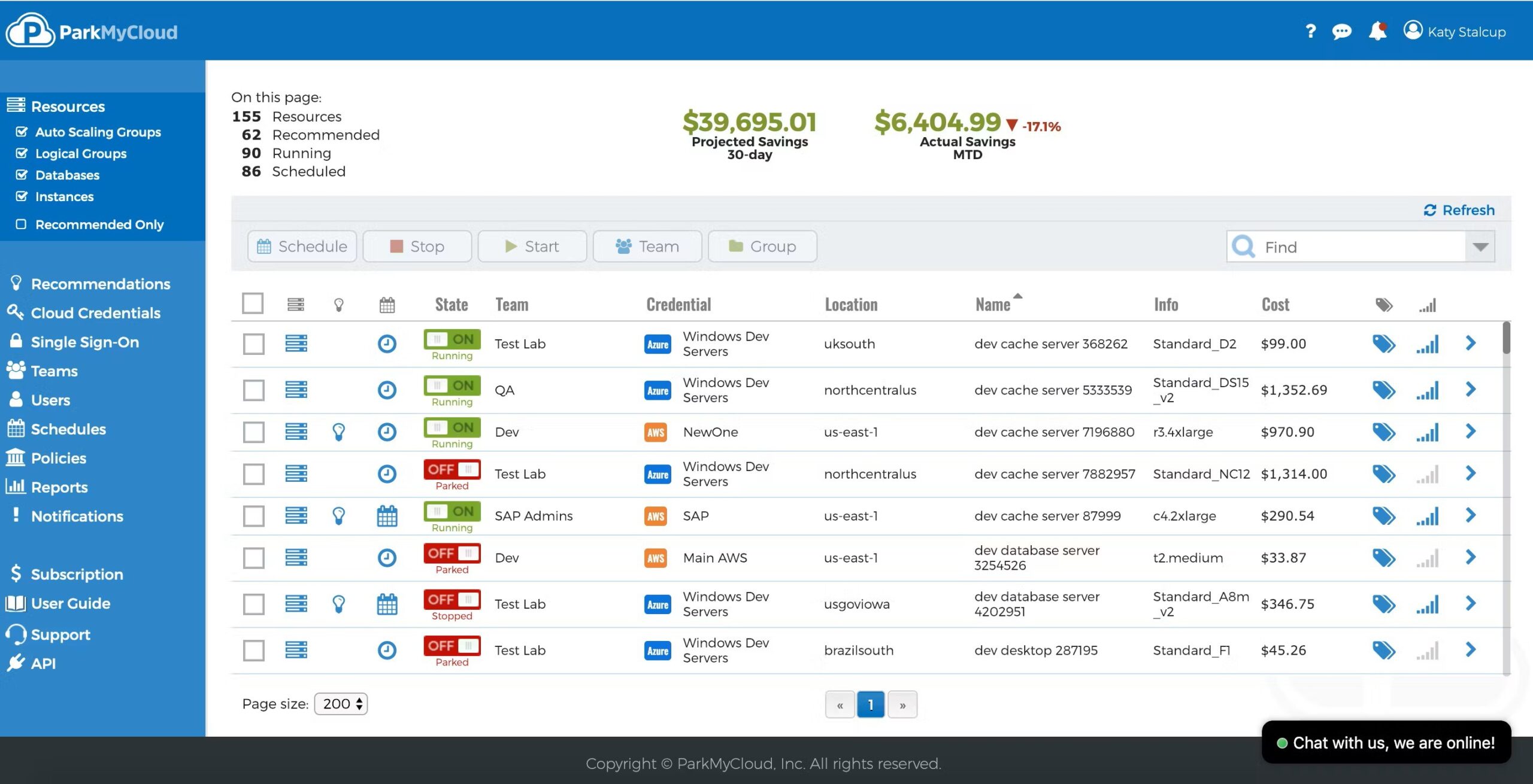
Best for: Organizations seeking to schedule resource usage to eliminate idle costs.
ParkMyCloud focuses on one of the simplest, most effective ways to save money — scheduling. It’s particularly useful for dev and test environments that don’t need to run 24/7. With its clean, user-friendly interface, you can schedule start and stop times for Azure (and even AWS or GCP) resources so they only run when they’re actually needed. It’s straightforward, cuts waste from idle resources and usually delivers instant savings without complicated setup.
Free Trial: Not publicly available.
Pricing: Pricing details not publicly disclosed.
18. Kubecost
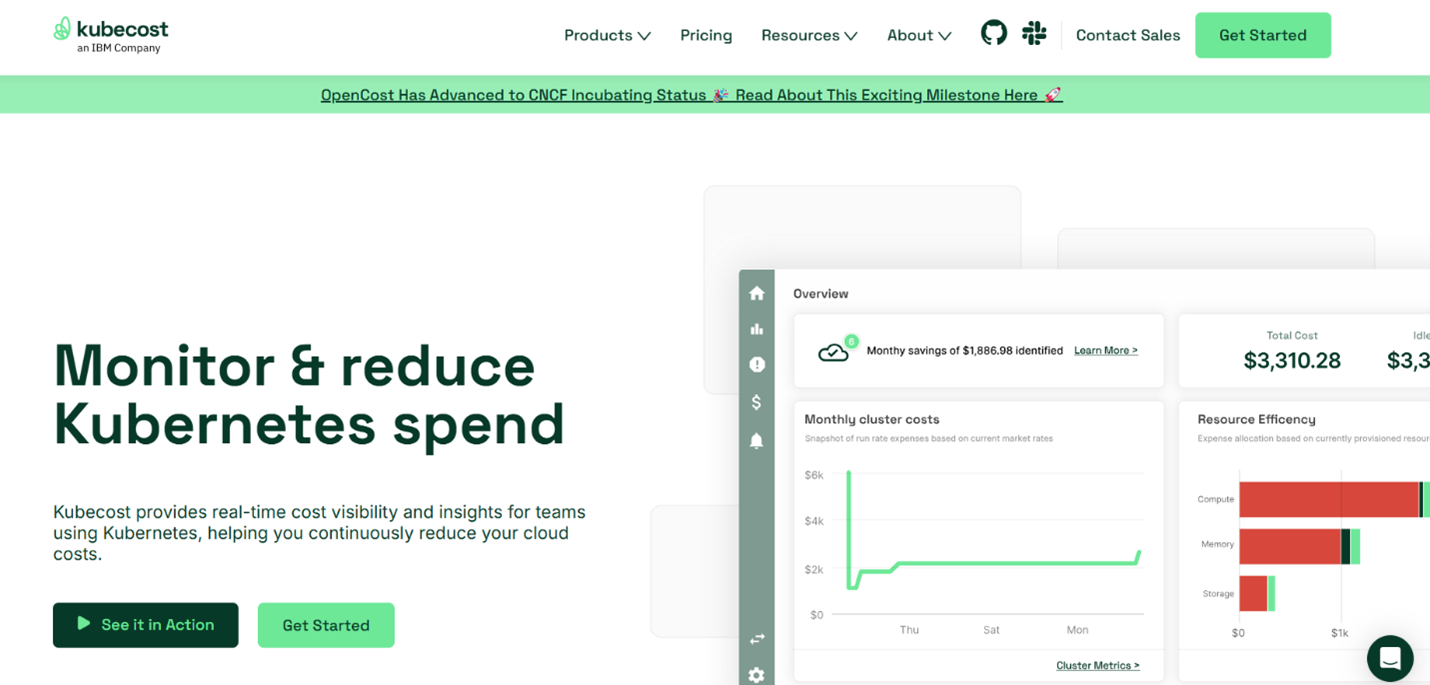
Best for: Organizations utilizing Kubernetes and seeking cost visibility at the pod level.
Kubecost is one of a peculiar product in the market and it focuses on one specific problem which is doing Kubernetes cost management. The tool provides you with clear visibility into where your cluster costs are going and down to namespaces, deployments and even individual pods cost. This means that your engineers can finally see the cost impact of their workloads without waiting for finance team reports. On top of monitoring it also helps you to spot over-provisioned resources and idle capacity so you can tune your clusters for more efficiency.
Free Trial: Not publicly available.
Pricing: Pricing details not publicly disclosed.
19. CloudZero
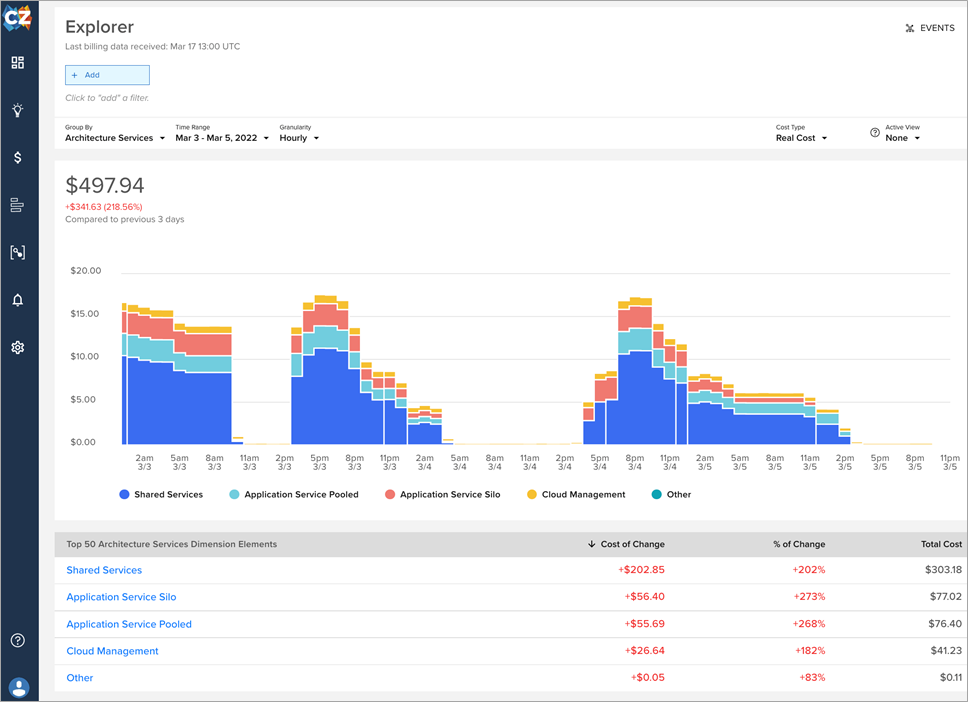
Best for: Multi-cloud businesses desiring business-level clarity on cloud costs.
CloudZero took a different angle by focusing majorly on providing you with the cost allocation and insights. It breaks down cloud spend into unit economics like cost per customer, per feature, or per team, so you can connect the dollar amount directly to the business outcomes. Instead of just showing a big monthly bill, the platfrom tells you why your spend looks the way it does. For engineering and finance teams, it helps with budgeting, forecasting, and making product decisions faster. The platform works across Azure, AWS, and GCP, so it’s a good fit for multi-cloud businesses that want business-level clarity on cloud costs. Another point to note is that it uses ProsperOps for cost optimization scenarios and it does not directly support you with the cost savings side.
Free Trial: Not publicly available.
Pricing: Pricing details not publicly disclosed.
20. CAST AI
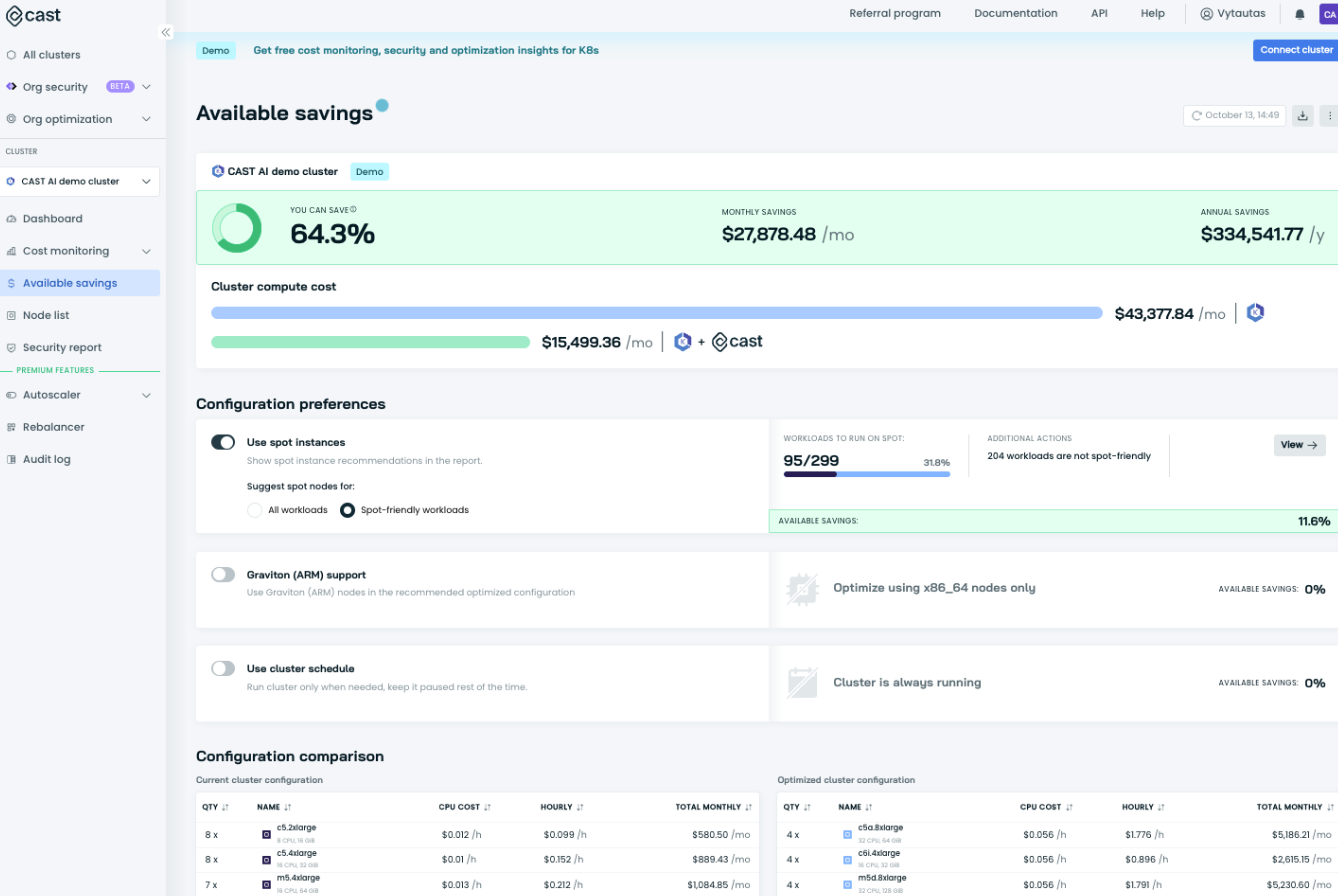
Best for: Businesses seeking automated Kubernetes cost optimization without manual tuning.
CAST AI is quite similar to KubeCost where it helps with Kubernetes cost optimization. Once it is connected, it continuously monitors workloads and automatically right sizes, scales, and picks the most cost-efficient instances for your clusters. The platform help you to remove the guesswork and manual tuning perhaps does the optimization automatically and in real time. For businesses that don’t want to spend hours digging through usage reports, CAST AI offers a “set it and forget it” way to cut Kubernetes bills while still keeping performance on par.
Free Trial: Not publicly available.
Pricing: Pricing details not publicly disclosed.
21. Virtana Optimize

Best for: Organizations managing multi-cloud and on-prem environments requiring detailed cost analysis.
Virtana Optimize is the last product we are going to see in this list; it not only supports multi-cloud but also bring on-prem cost in one dashboard. It helps you track usage to rightsize workloads and spot wastage no matter where your resources live, be it Azure, AWS, GCP, or on-prem. One of its strengths I would define is detailed cost analysis along with recommendations you can act on quickly. That makes it easier for both IT and finance teams to stay aligned. For organizations switching multiple clouds, Virtana gives a unified view so you can make better optimization decisions without hopping between tools.
Free Trial: Not publicly available.
Pricing: Pricing details not publicly disclosed.
Warp up
In the above blog, we have seen around 21 Azure cost management tools that comprises of specialized tools with FinOps capabilities for Microsoft Azure like Turbo360, and traditional multi-cloud cost management tools like Cloudability and Point solutions like Kubecost and more. Also, I would like to highlight end of the day, tools are just a part of your eco system and there should be cultural shift among the people and team to be cost conscious in order to realize that cost savings in the cloud space.
I believe in the given era, every stakeholders like engineers, architects, and devops teams should start caring about the cloud cost and be an integral part of the organization to reduce it. It is no longer the finance team’s sole job to keep the cloud cost intact within the given budget.
Most of the above tools do not provide you with Free Trial but Turbo360 opens this option to make it more transparent and viable for solution evaluators to ease up the process. No commitment, until you see value. Claim your free trail here or just request demo to see how product works in real time.











